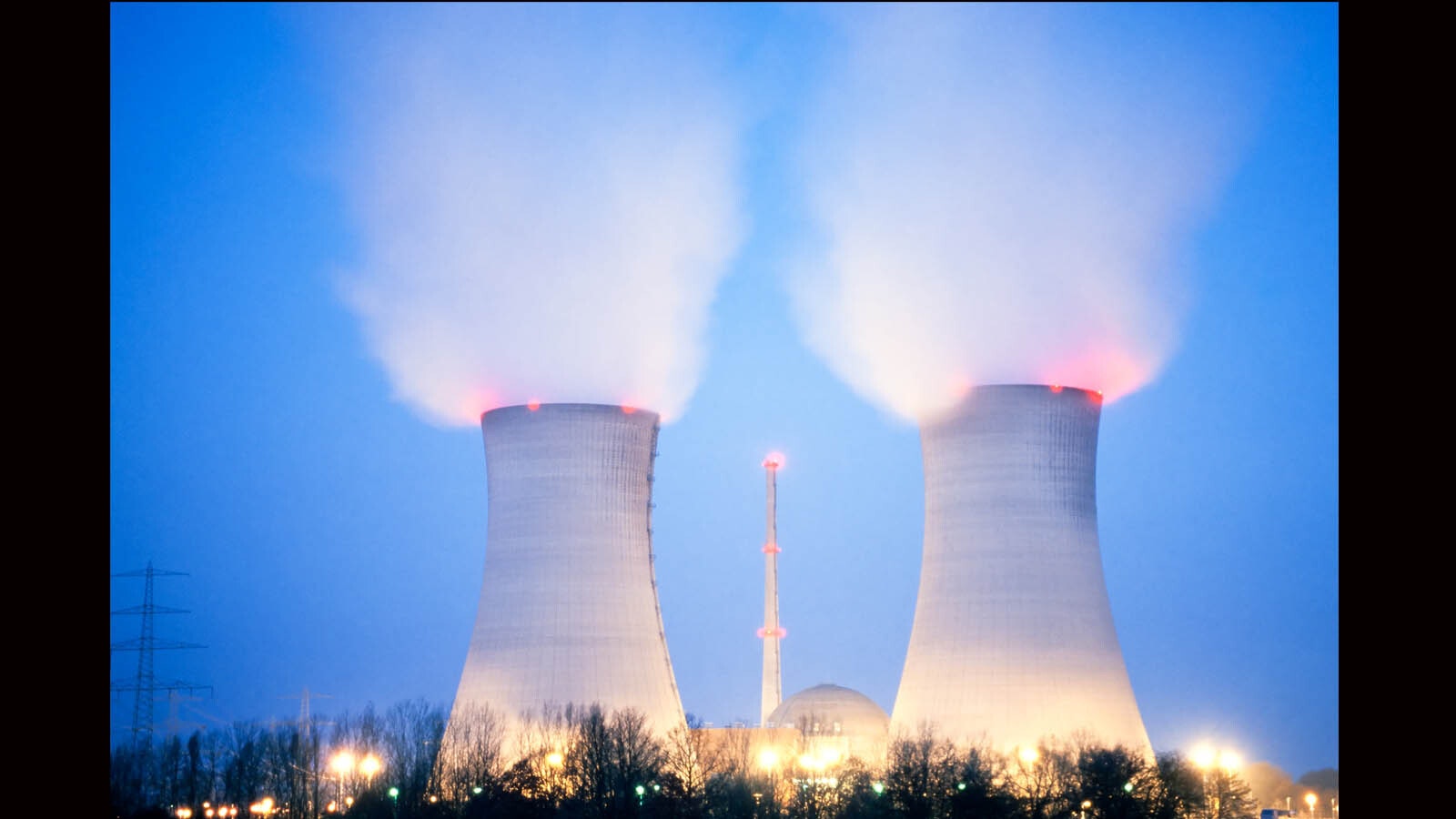As companies continue to push cutting-edge nuclear energy technologies, the federal government has become a major investor, pumping billions of dollars into a handful of demonstration projects. That includes nearly $2 billion for TerraPower’s Natruim project planned near Kemmerer.
A new report from the Government Accountability Office says the feds need more oversight of where and how that public money is being spent.
The report recommends the U.S. Department of Energy tighten the reins on government-funded nuclear demonstration projects like Natrium demonstration plant, which will be built near the Naughton Power Plant site, which is scheduled to be retired soon.
In Wyoming, the notion of more federal oversight isn’t generally welcomed. And the GAO recommendation has some former state lawmakers wary.
“While oversight is very important, I don’t want the process bogged down by government bureaucrats,” said former state Rep. Dave Miller, a Riverton Republican who co-sponsored a 2020 bill that allows gas- and coal-fired power plants to replace their generators with small nuclear reactors.
“We already have an NRC (Nuclear Regulatory Commission) for oversight,” he said. “I don’t think additional federal agencies will be helpful.”
Miller, a uranium facilities expert whose services have been used throughout the world, has long been an advocate of nuclear energy and remains excited about the demonstration project.
“Sodium-cooled reactors have been around for 70 years. The U.S. pioneered their development. Now TerraPower and Rocky Mountain Power are putting an actual plant into operation,” Miller said.
As exciting as that is, Miller said he doesn’t want to see more government red tape slowing the project’s momentum.
The DOE made three awards totaling $4.6 billion in the last fiscal year. Along with the TerraPower project, demonstration projects in Idaho and Washington also got money.
The GAO report says the offices of Nuclear Energy and Clean Energy Demonstrations have taken several actions to manage risks associated with the awards, and they also plan to implement additional project management practices. It also says oversight “would allow DOE to share best practices across offices during the course of these multi-year awards, potentially resulting in stronger federal oversight of the projects and improved project performance.”
Trying To Change The Game
TerraPower is a nuclear power innovation company founded by software developer Bill Gates and GE Hitachi, which developed the Natrium technology that will be used in the reactor. It allows for smaller nuclear plants, as well as improved safety measures. Rocky Mountain Power, a division of PacifiCorp, also is a major partner.
When Wyoming was first announced as home for the first Natrium demonstration plant, Gov. Mark Gordon hailed its potential as being “game-changing and monumental” for U.S. energy.
As some are skeptical of the GAO’s report, Jeff Nevin, director of external affairs for TerraPower, said the recommendations won’t get in the way of the project’s development.
Congress chartered the GAO to ensure taxpayer money is protected, said Nevin, who was formerly chief of staff at the DOE.
“I’ve seen a bit of my fair share of GAO reports,” he said.
The X-Energy project in Washington, which received $1.2 billion for its demonstration, and TerraPower were shifted into the new Office of Clean Energy Demonstration, which has access to the vault.
“So what the GAO, I think, is saying, (is) ‘you’ve got two very large projects that are moving over to the Office of Clean Energy Demonstrations,” Nevin said. “You got to make sure you get the staff right, you got to make sure that you’re setting the oversight up, right, you got to make sure that you have the controls in place to ensure that milestones are being met.”
Not A Concern
Nevin said nothing in the GAO report comes as a surprise, nor was anything of particular concern. Since the company is putting up matching money, it has as much of an incentive to see that the same controls the government wants are in place anyway.
“So, if we’re wasting millions of dollars, that’s millions of dollars of our own money that we’re wasting,” he said.
If he has any quibble, Nevin said it’s that the report doesn’t mention how important it is to see projects are completed. The objective when Congress put in place the Office of Clean Energy Demonstrations is to see that a fully functional, working commercial reactor is built.
Nevin agreed there’s always the threat that overreach could slow a project down, but he doesn’t see anything in the report that would suggest that is going to happen in Wyoming.
“We’re fully comfortable with everything that was in that report,” he said.
When finished, Wyoming will be home to a 354-megawatt sodium-cooled fast reactor with a molten salt-based energy storage system. The storage technology can boost the system’s output to 500 megawatts that, according to an announcement of the project, will integrate with renewable energy sources for faster and more cost-effective decarbonization of electrical generation.





